What Are Digital Binoculars ?
Digital binoculars are a type of binoculars that incorporate digital technology to enhance the viewing experience. They typically feature built-in digital cameras that allow users to capture photos and videos of the observed objects. These binoculars often have an LCD screen or an eyepiece with a digital display, enabling users to view the magnified images in real-time. Some digital binoculars also offer additional features such as image stabilization, zoom capabilities, and the ability to record audio. They are commonly used for various outdoor activities like birdwatching, wildlife observation, and sports events, as well as for surveillance and security purposes.
1、 Definition and Function of Digital Binoculars
Digital binoculars are a modern variation of traditional binoculars that incorporate digital technology to enhance the viewing experience. They are designed to provide users with a combination of high-quality optics and digital imaging capabilities, allowing for a more versatile and immersive observation.
The main function of digital binoculars is to magnify distant objects and provide a clear and detailed view. They typically have a variable zoom feature that allows users to adjust the magnification level according to their needs. This makes them ideal for a wide range of activities such as birdwatching, wildlife observation, sports events, and even stargazing.
What sets digital binoculars apart from traditional ones is their ability to capture and record images and videos. They are equipped with built-in digital cameras that enable users to capture the moments they observe. These images and videos can be stored on a memory card or transferred to a computer or other devices for further editing or sharing.
In recent years, digital binoculars have seen advancements in technology, such as the integration of image stabilization and autofocus features. Image stabilization helps to reduce hand tremors and vibrations, resulting in sharper and more stable images. Autofocus capabilities allow for quick and accurate focusing, ensuring that the subject remains clear and in focus.
Furthermore, some digital binoculars now offer Wi-Fi or Bluetooth connectivity, enabling users to connect their binoculars to smartphones or tablets. This allows for live streaming of the observed images or videos, making it possible to share the experience with others in real-time.
Overall, digital binoculars combine the benefits of traditional binoculars with the convenience and versatility of digital technology. They provide users with a more immersive and interactive viewing experience, allowing them to capture and share their observations with ease.
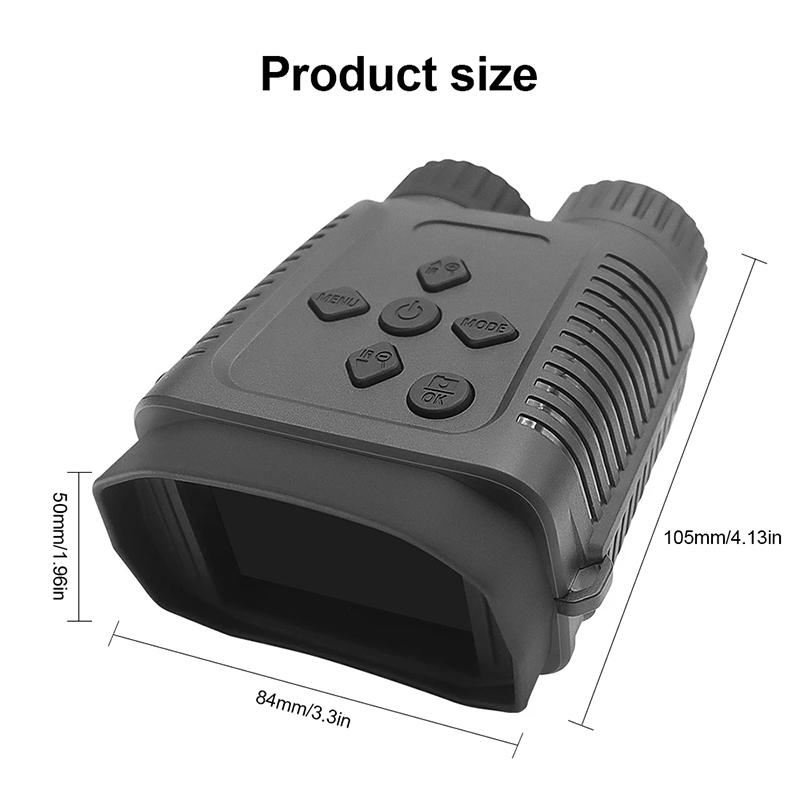
2、 Features and Specifications of Digital Binoculars
Digital binoculars are a modern variation of traditional binoculars that incorporate digital technology to enhance the viewing experience. They combine the functionality of binoculars with the capabilities of a digital camera, allowing users to capture and record images and videos of what they are observing.
One of the key features of digital binoculars is the ability to zoom in and out, providing users with a closer look at distant objects. This zooming capability is often digital, meaning that it is achieved through software rather than through the physical movement of lenses. Some digital binoculars also offer image stabilization technology, which helps to reduce the shakiness often associated with handheld binoculars.
Another important feature of digital binoculars is the ability to capture photos and videos. These devices typically have built-in cameras that allow users to take high-resolution images and record videos of their observations. Some digital binoculars even offer the option to livestream the footage directly to a smartphone or computer.
Digital binoculars often come with a variety of additional features and specifications. These may include built-in GPS for geotagging images, Wi-Fi or Bluetooth connectivity for easy sharing of photos and videos, and the ability to store images and videos on an internal memory card or external storage device.
In recent years, there has been a trend towards the development of digital binoculars with advanced features such as night vision capabilities and augmented reality overlays. These advancements have expanded the potential applications of digital binoculars, making them useful for activities such as wildlife observation, birdwatching, hunting, and even military and law enforcement operations.
Overall, digital binoculars offer a convenient and versatile way to observe and document the world around us. With their combination of traditional binocular functionality and digital camera capabilities, they provide users with a unique and immersive viewing experience.
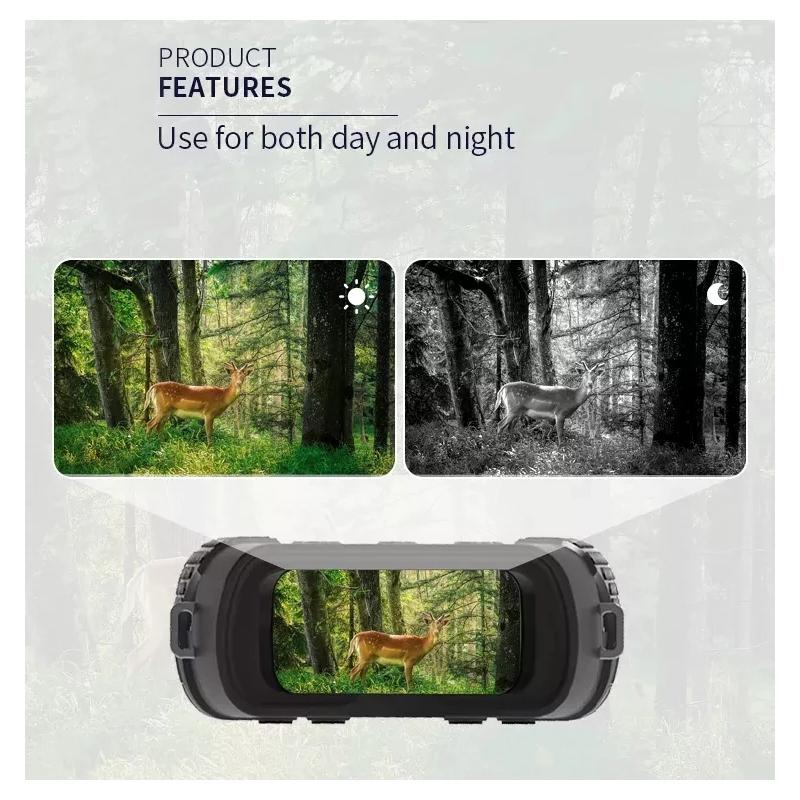
3、 Types and Variations of Digital Binoculars
Digital binoculars are a modern variation of traditional binoculars that incorporate digital technology to enhance the viewing experience. They combine the functionality of binoculars with the capabilities of a digital camera, allowing users to capture and record images and videos of what they are observing.
Digital binoculars typically feature built-in digital sensors and lenses that capture high-resolution images and videos. These devices often have a built-in LCD screen or an eyepiece that displays the captured content in real-time. Some models also offer the ability to connect to external devices such as smartphones or tablets for a larger viewing experience.
One of the key advantages of digital binoculars is their ability to zoom in and out digitally, providing users with a closer look at distant objects. This feature is particularly useful for birdwatching, wildlife observation, and other outdoor activities where getting closer to the subject may not be possible or desirable.
Another variation of digital binoculars is the image-stabilized binoculars, which use gyroscopes or other mechanisms to compensate for hand movements and vibrations. This technology helps to reduce image blur and allows for a steadier viewing experience, especially when observing objects from a moving vehicle or in challenging conditions.
In recent years, there has been a trend towards the development of smart digital binoculars that incorporate additional features such as GPS, Wi-Fi connectivity, and image recognition. These advancements enable users to geo-tag their observations, share content online, and even identify species or objects automatically.
Overall, digital binoculars offer a convenient and versatile way to observe and document the world around us. With ongoing technological advancements, we can expect to see further improvements in image quality, zoom capabilities, and additional features in the future.

4、 Advantages and Disadvantages of Digital Binoculars
Digital binoculars are a modern variation of traditional binoculars that incorporate digital technology to enhance the viewing experience. They are equipped with a built-in camera and display screen, allowing users to capture and view images and videos directly through the binoculars.
Advantages of digital binoculars include their ability to capture high-quality photos and videos, which can be useful for nature enthusiasts, birdwatchers, and outdoor adventurers. The built-in camera allows users to document their observations without the need for additional equipment. Digital binoculars also offer the convenience of instantly reviewing and sharing images and videos, eliminating the need for separate cameras or memory cards.
Another advantage is the ability to zoom in and out digitally, providing users with a greater range of magnification options compared to traditional binoculars. This can be particularly beneficial when observing distant objects or wildlife.
However, there are also some disadvantages to consider. One major drawback is the limited battery life of digital binoculars. The continuous use of the camera and display screen can quickly drain the battery, requiring frequent recharging or carrying spare batteries.
Additionally, digital binoculars tend to be bulkier and heavier than traditional binoculars due to the added technology. This can make them less portable and more cumbersome to carry during outdoor activities.
Furthermore, the image quality of digital binoculars may not be as sharp or clear as that of traditional binoculars. The digital zoom feature can result in pixelation and loss of detail, especially when using higher magnification levels.
In conclusion, digital binoculars offer the convenience of capturing and reviewing images and videos directly through the device. They provide a wider range of magnification options and are suitable for various outdoor activities. However, their limited battery life, bulkiness, and potential image quality issues should be taken into consideration before making a purchase.
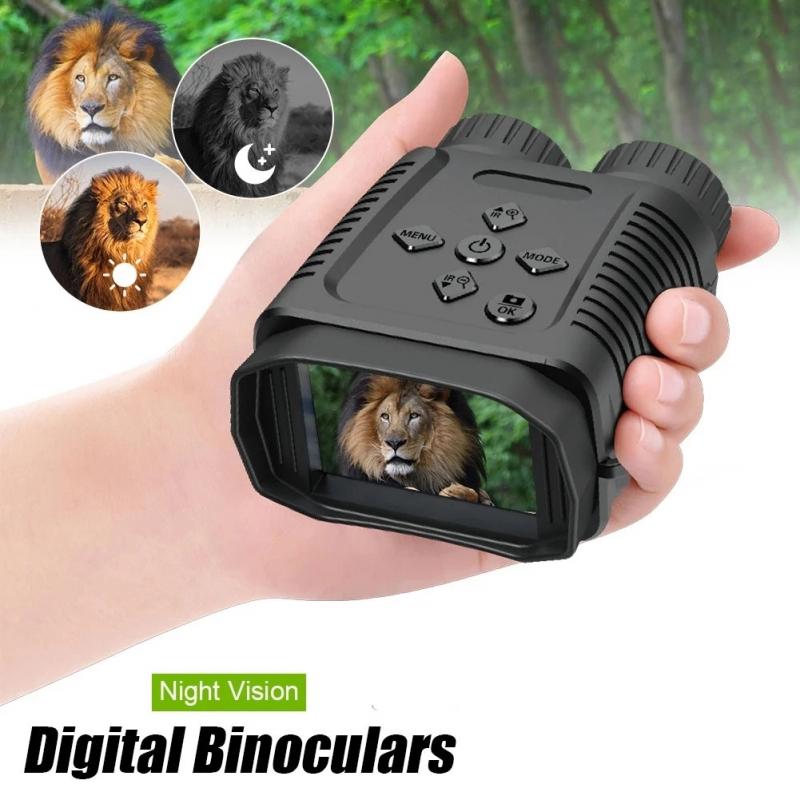






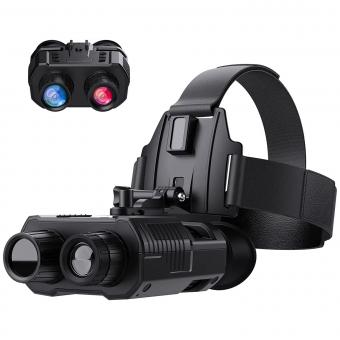









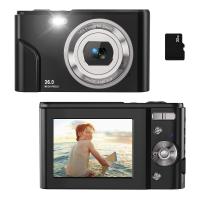




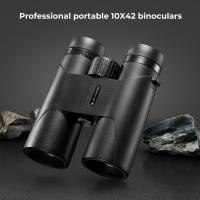
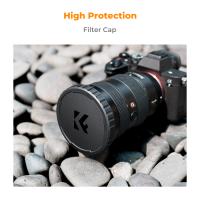
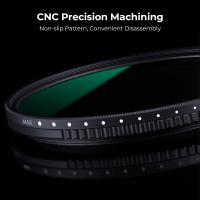



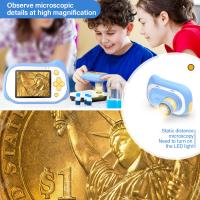


There are no comments for this blog.